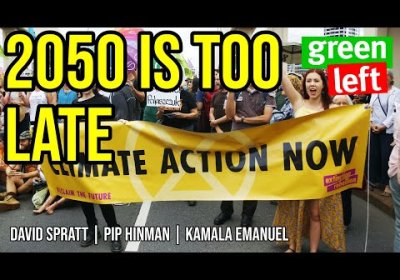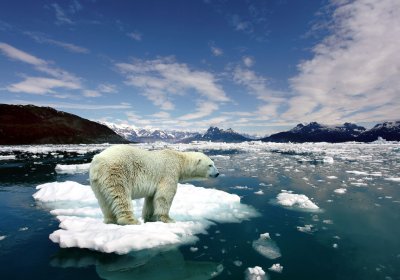David Spratt and Ian Dunlop argue that the government is not up to speed on the latest climate science and its risk assessment process is out of time.
David Spratt
The first Arctic ice-free summer could be in the 2030s, a decade earlier than projections reported by the Intergovernmental Panel on Climate Change. David Spratt writes we should not be shocked.
The market mechanism models that underpin climate policymaking have failed and an era of climate disruption is now upon us, argues David Spratt.
There was a dangerous underestimation of the scale of the climate crisis we face at COP26, argues David Spratt. Targets for 2025 and 2030 need to be the focus.
Episode 4 of the Green Left Show features David Spratt, Pip Hinman and Kamala Emanuel discussing the climate targets we need today.
Climate change is “a current and existential national security risk”, according to a Senate report released on May 17. It says an existential risk is “one that threatens the premature extinction of Earth-originating intelligent life or the permanent and drastic destruction of its potential for desirable future development”. These are strong words.
Global warming of 1.5°C is imminent, likely in just a decade from now. David Spratt reviews several recent studies that point to this alarming conclusion.
So how does hitting warming of 1.5°C one decade from now square with the 2015 Paris Agreement’s goal of “holding the increase in the global average temperature to well below 2°C above pre-industrial levels and pursuing efforts to limit the temperature increase to 1.5°C”?
In two words, it doesn’t.
Last year was by far the hottest year in the observation record, with the global average surface temperature 1.24° Celcuis warmer than the late nineteenth century, according to NASA data. This broke the record set the previous year of 1.12°C, which in turn broke the previous mark set in 2014 of 1.01°C.
Although the El Nino conditions of 2015–16 had some influence — perhaps 0.2°C — it is clear that the warming trend is 1°C or more.
- Page 1
- Next page








